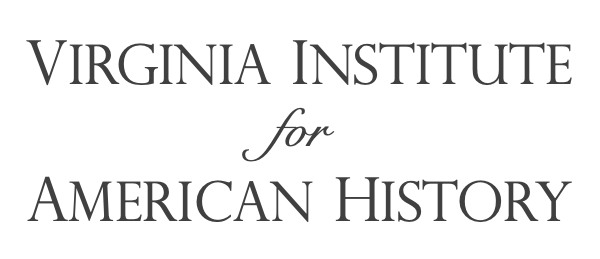Alexander Hamilton considered charity an indispensable priority. As a preeminent proponent of freedom, Hamilton promoted altruistic initiatives designed to ameliorate conditions for his fellow American brethren, and most particularly targeted destitute, downtrodden classes lacking equal opportunity. He references profound dedication to philanthropic interests through his abundant record of active civic engagement, establishing institutions that foster racial equality.
While slavery encompassed all races, it predominantly constituted Blacks. After all, slavery remained a pervasive problem during Hamilton's era of political prominence. For example, in 1785, Hamilton collaborated with others under his leadership to consolidate the New York Society for Promoting the Manumission of Slaves (Scanlon, 17).
Hamilton staunchly sought emancipation, and envisioned the inevitable termination of slavery during an era that condoned its virulent institution. Slavery became a polarizing issue that severely divided America during its infancy.
The dehumanizing institution and heinous hypocrisy surrounding slavery seemed unconscionable to Alexander Hamilton, as someone who championed individual liberty, inalienable rights of man, and freedom from personal oppression. Indeed, Hamilton advocated, "the abolition of Negro slavery," a measure which many Southern plantation owners considered probably "the most daring property invasions ever made," at that time (Miller, 122).
Therefore, recognizing the barbarous treatment of slaves, perceived as nothing more than mere property, Hamilton sought extensive social reform, specifically, substantial philanthropic initiatives that minimized slavery and provided emancipation. He continued these charitable interests throughout his life.”[1]
An alternative view: Michelle DuRoss, “Somewhere in Between: Alexander Hamilton and Slavery”
http://www.earlyamerica.com/early-america-review/volume-15/hamilton-and-slavery/
___________________________________________
[1] From Michael Staib
“Alexander Hamilton: Architect of American Capitalism” (Apr 27,
2009)
1. Scanlon, Laura Wolff, "Alexander
Hamilton, The Man Who Modernized Money" Humanities, Jan/Feb 2006, Vol. 27
Issue 1, p16-19, 4p. 2. Miller, John C., Alexander Hamilton and the Growth of the New Nation (The University Library, Harper and Row Publishers, 1959).







